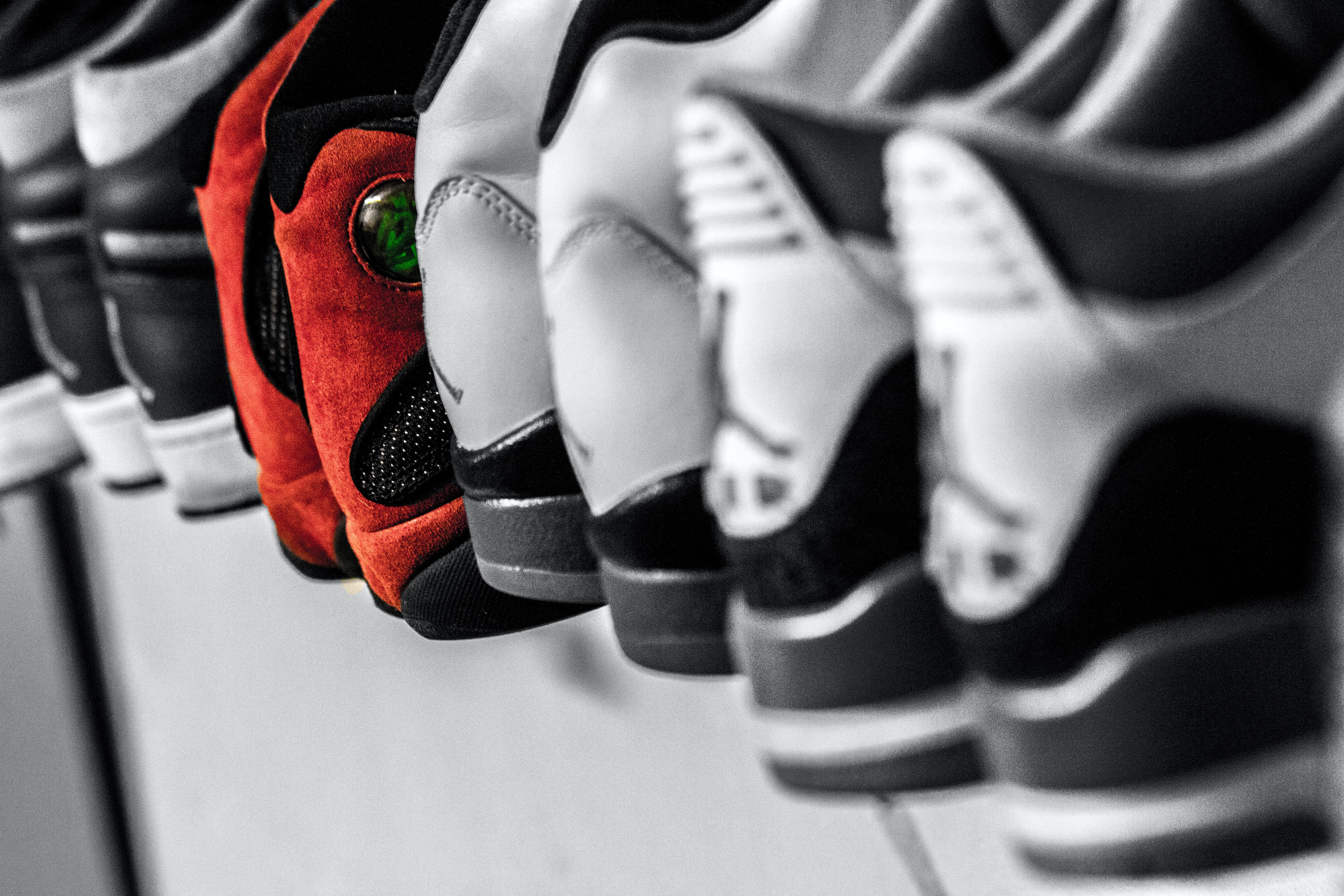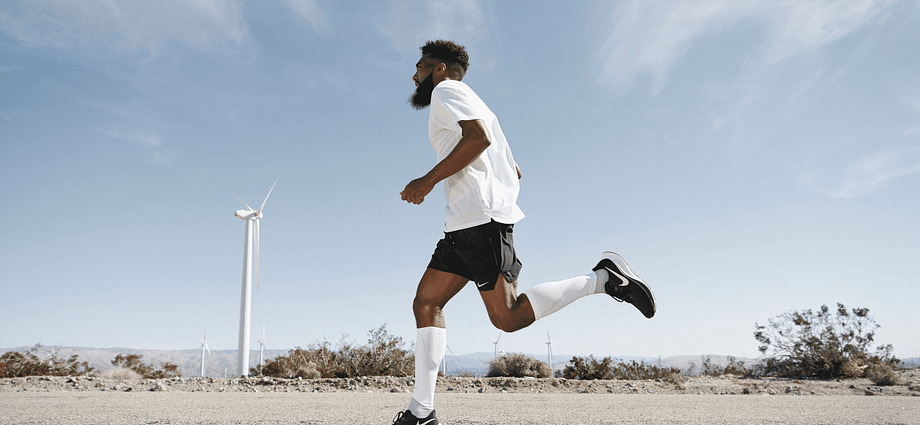The Trainer/Sneaker market, once a rapidly growing industry, has experienced a significant slowdown in recent years. The days of skyrocketing resale prices and high demand for limited-edition releases seem to be fading away.
The Slowdown of the Trainer Market
Trainers experienced a staggering 19.5 percent growth in 2021, and saw a significant decline in 2022, with only a 2.7 percent increase in sales. This cooling period is a natural part of the cyclical nature of fashion, as explained by fashion journalist Tim Newcomb.
The market has been enjoyed successfully in recent years, but the dominance Trainers once had seems to be shifting.

The Rise of Mid-Level Players
While Trainers remain a staple in the fashion industry, the bigger brands like Adidas and Nike have lost their grip on the market. As a result, the resale prices of popular editions have decreased.
Brands like Asics and New Balance, once considered “ugly” by Trainer enthusiasts, have been building in popularity. These mid-level players are luring customers with their ‘in-stock’ styles and cutting-edge designs.
On the resale platform StockX, Salomon was the fastest-growing brand for Trainers in 2022. With a staggering 2,000 percent increase in trading volume compared to the previous year. This poses a challenge to the market of training shoes for a few major brands!

Challenges Adidas and Nike Face
Adidas and Nike, the giants of the sneaker industry, are facing their own set of challenges. Both brands are struggling with excess stock, with Nike’s pile-up near £9 billion and Adidas currently around £6 billion of stock.
Nike’s issues with declining sales in China have already reached a bottom, according to Credit Suisse. Adidas, on the other hand, is still dealing with the loss of its collaboration with Kanye West, which could cost the brand near over £1 billion in loss.
Clearing stock and staying innovative will be crucial for the future success of these industry giants.
Can Nike and Adidas Maintain their Status
The success of Adidas and Nike in this evolving market depends on their ability to deliver something fresh. Nike’s sales ahead of the holiday season in 2022 exceeded expectations, resulting in positive earnings. New CEO Bjørn Gulden of Adidas has given the brand a new opportunity to regrow, with the rollout of its Fear of God Athletics collaboration.
Despite the challenges faced in the market for Trainers, Popular Trainer brands still uphold their demand within the fashion industry. Luxury brands continue to dedicate a significant portion towards the popular Trainer brands. The Gazelle and Samba lines from Adidas have regained popularity through collaborations with Balenciaga and Gucci.
The Rise of Newcomers and Niche Brands
The market is shifting the dominance away from major brands, into brands like Asics, Salomon, and Mizuno. These brands, along with Swiss running brand On, have expanded beyond their sporting origins. Now stocked at fashion-forward retailers, featuring on fashion week runways, and worn by celebrities for red carpet appearances these Trainers continues to rise in popularity.
The slowdown in the Trainer market has created opportunities for newcomers and niche brands to gain recognition.
The Future of the Sneaker Market

As Trainer designers need to adapt to the ever changing market and consumer wants, it is unclear whether the current slowdown is a temporary phase or the new norm.
“The cyclical nature of fashion” suggests that there will always be demand for Trainers. But the dynamics in the market will no doubt continue to evolve, especially with Sustainable regulations on the horizon. Brands that can navigate the challenges of excess inventory, deliver new, and cater to the ever changing preferences of consumers, will a better chance of thriving.

